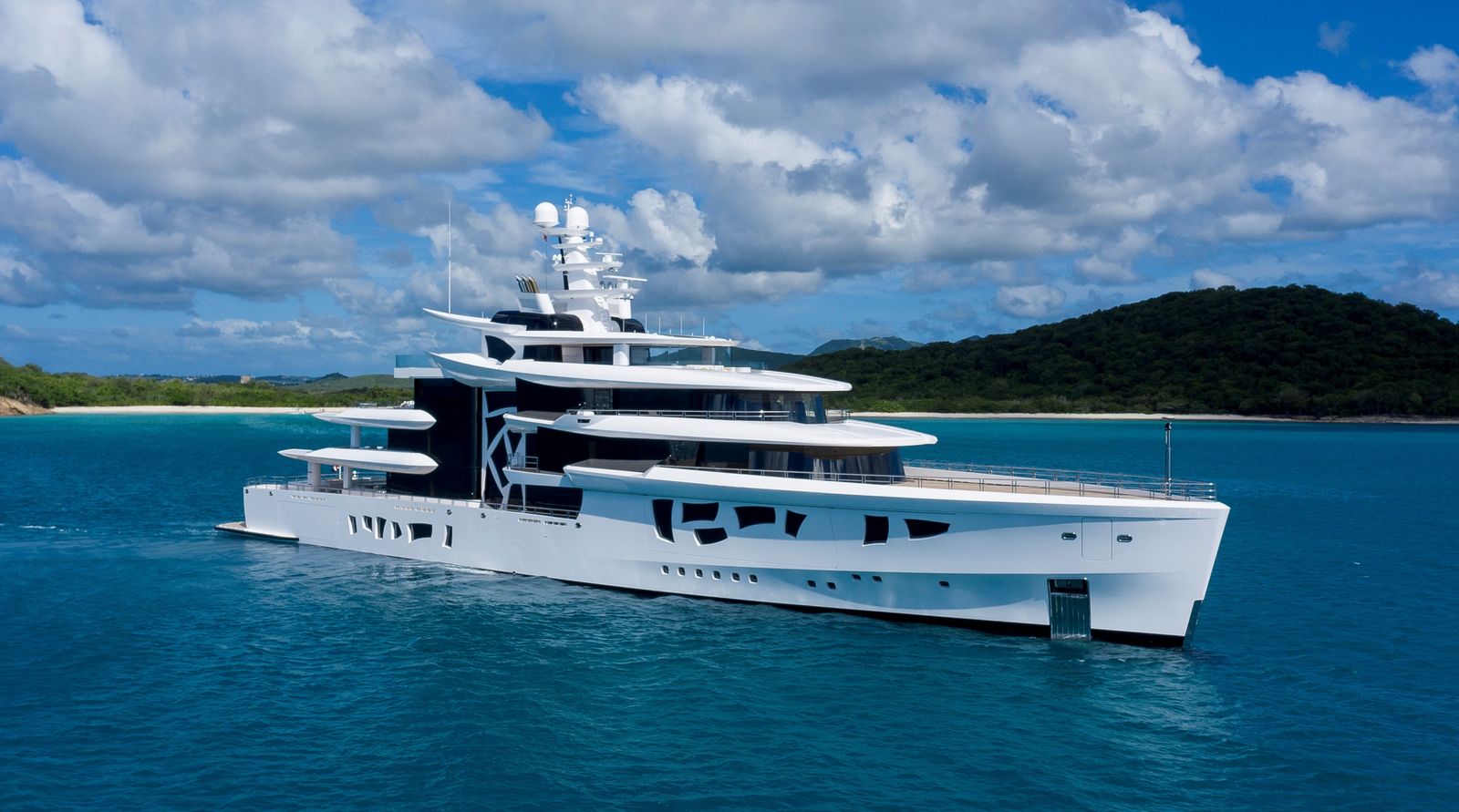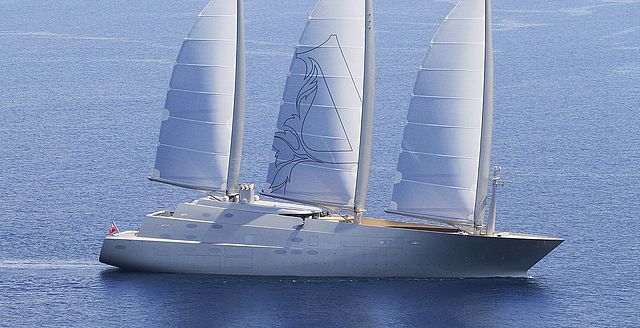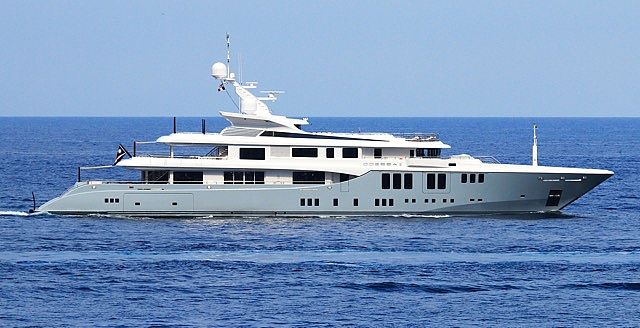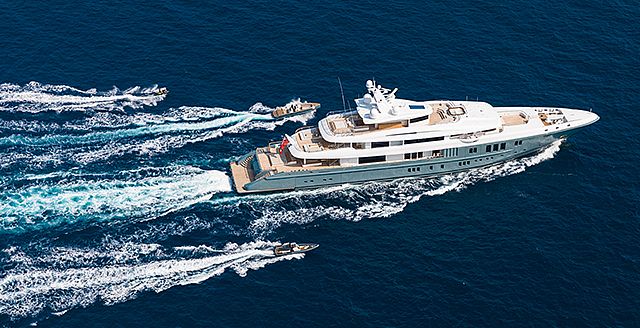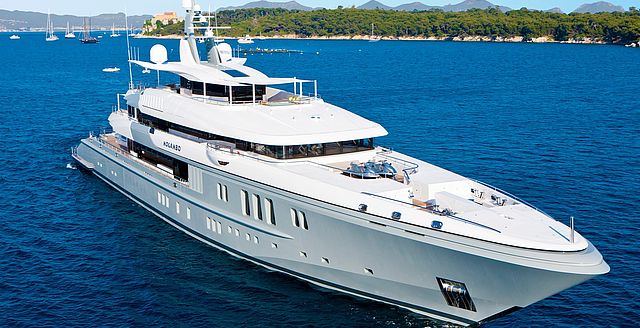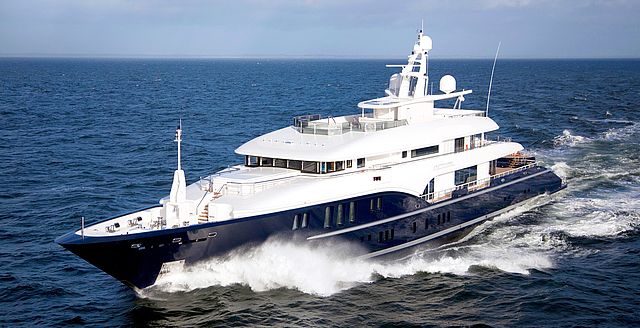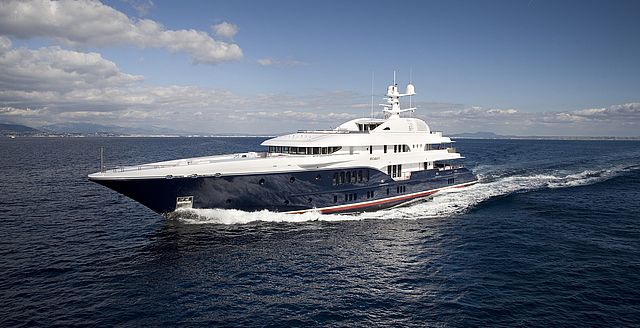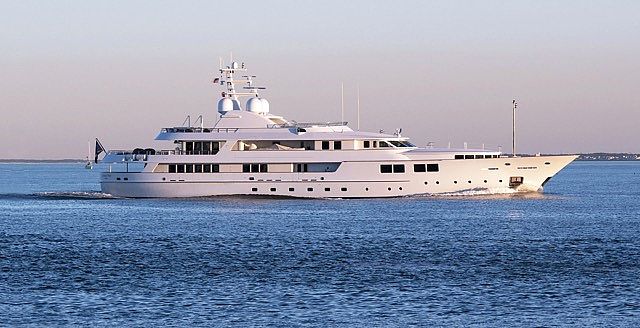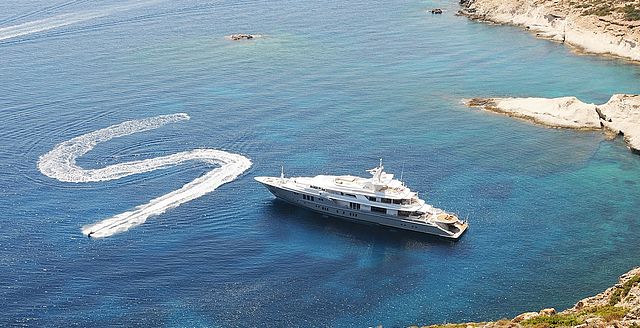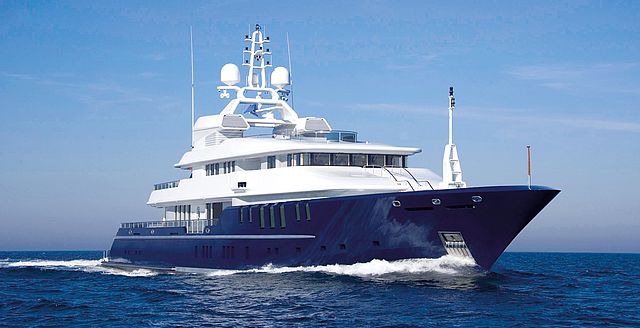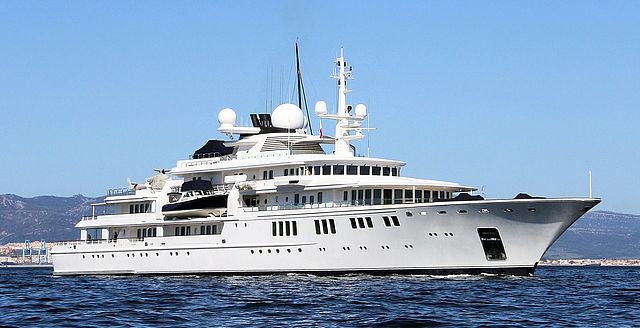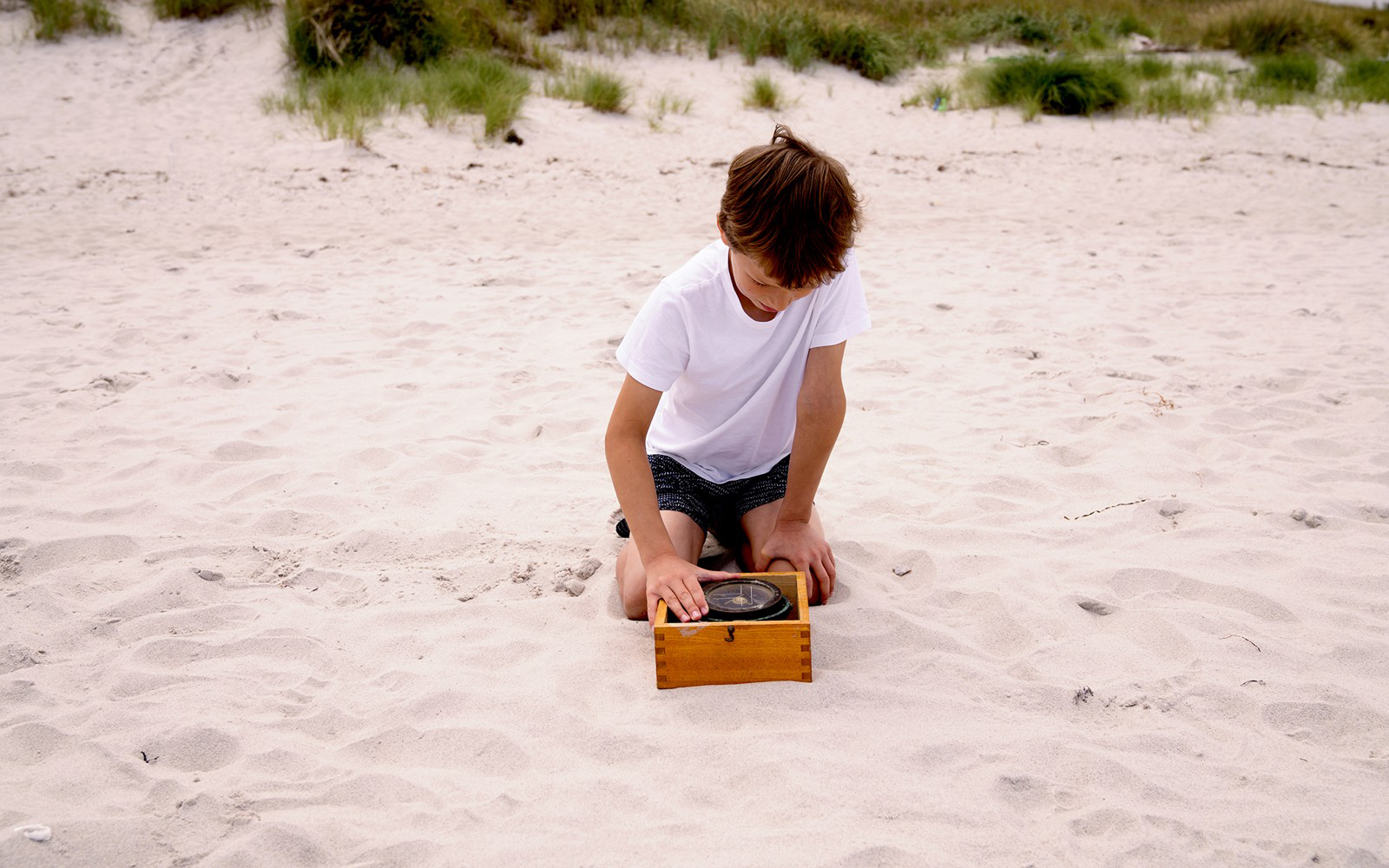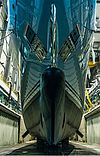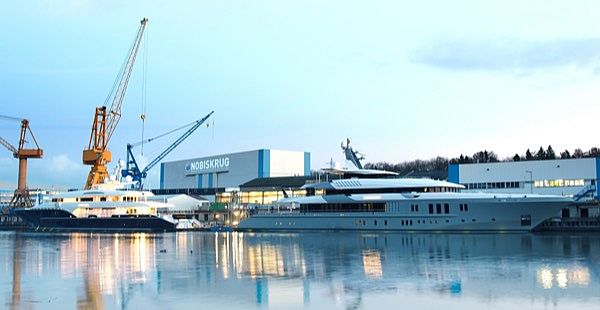Welcome to the world of NOBISKRUG where traditional German values go hand in hand with cutting edge technologies. Founded in 1905 with just 18 people, NOBISKRUG has delivered more than 800 vessels and numerous conversions to date. Today we have a variety of highly skilled employees and we are a world-leader in mega yacht construction.
"Yacht building does invoke a lot of emotion. Especially when it comes to high quality yachts like the ones we built at NOBISKRUG. They are absolutely unique. Each one is highly individual; designed, engineered and built according to our customers’ wishes and specifications.”
Our mission
Pushing the boundaries. Exploring new ideas. Making the impossible possible.
This is our mission at NOBISKRUG. Convinced of being able to realize a visible and important difference for our clients in all our projects up to the smallest details, we from NOBISKRUG are becoming cross-border commuters – always guided by our North German virtues and traditional values.
German quality
State-of-the-art technologies, innovative materials and highest international safety standards.
The combination of continuous and sustainable improvement of production processes together with the development of new and revolutionary designs helps us ensure our high-class quality. This guarantees our customers a feeling of maximum safety on board.
Facing every challenge!
For a successful cooperation we count on a comprehensive and honest consultancy already prior to the beginning of the project. We always go the famous extra mile during the realization of our costumers’ dreams, wishes and ideas.
In order to achieve this, we passionately "compose the right symphony" up to the tiniest detail. This is how unique masterpieces with utmost care are created.

